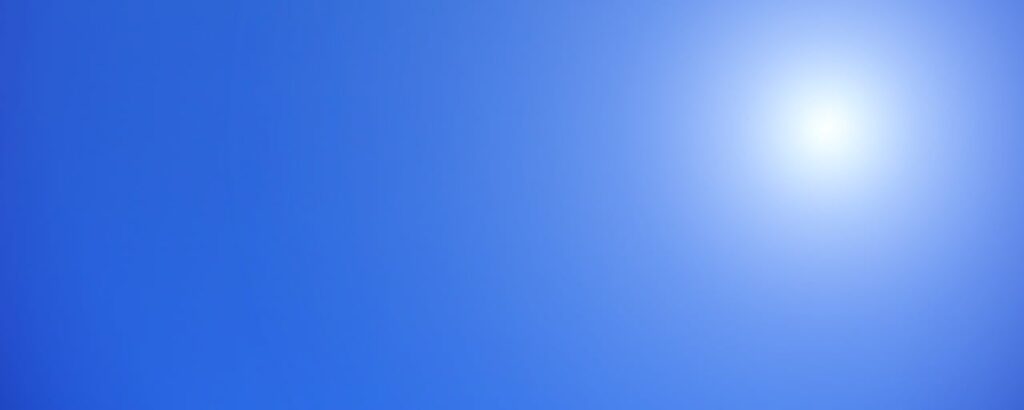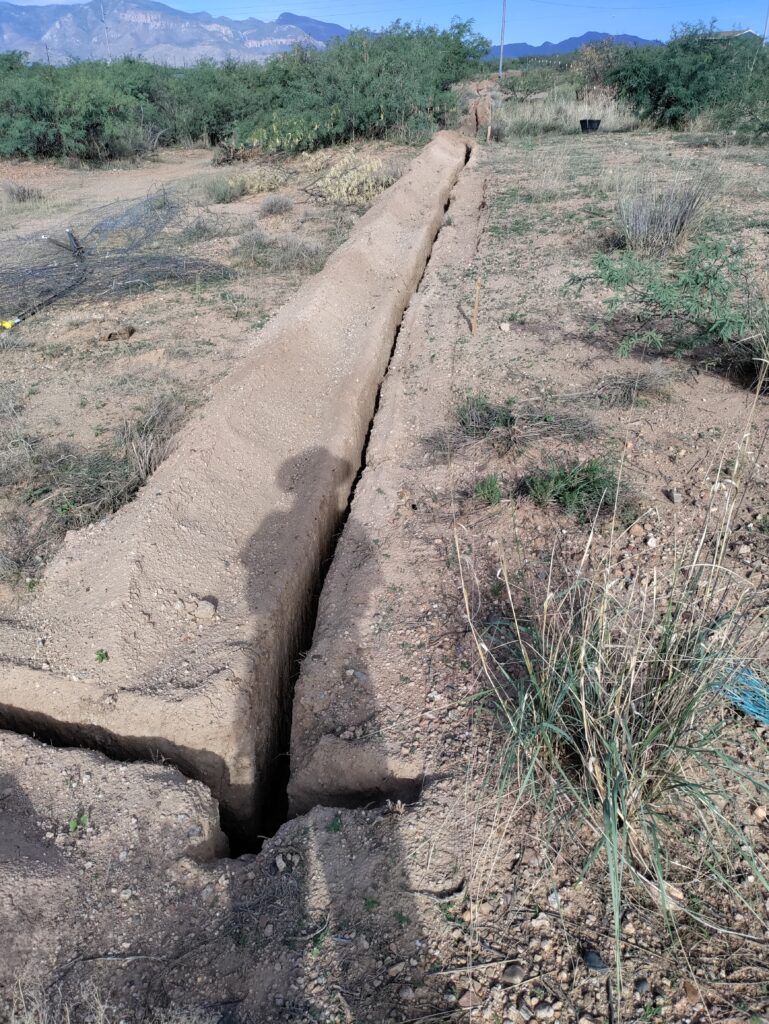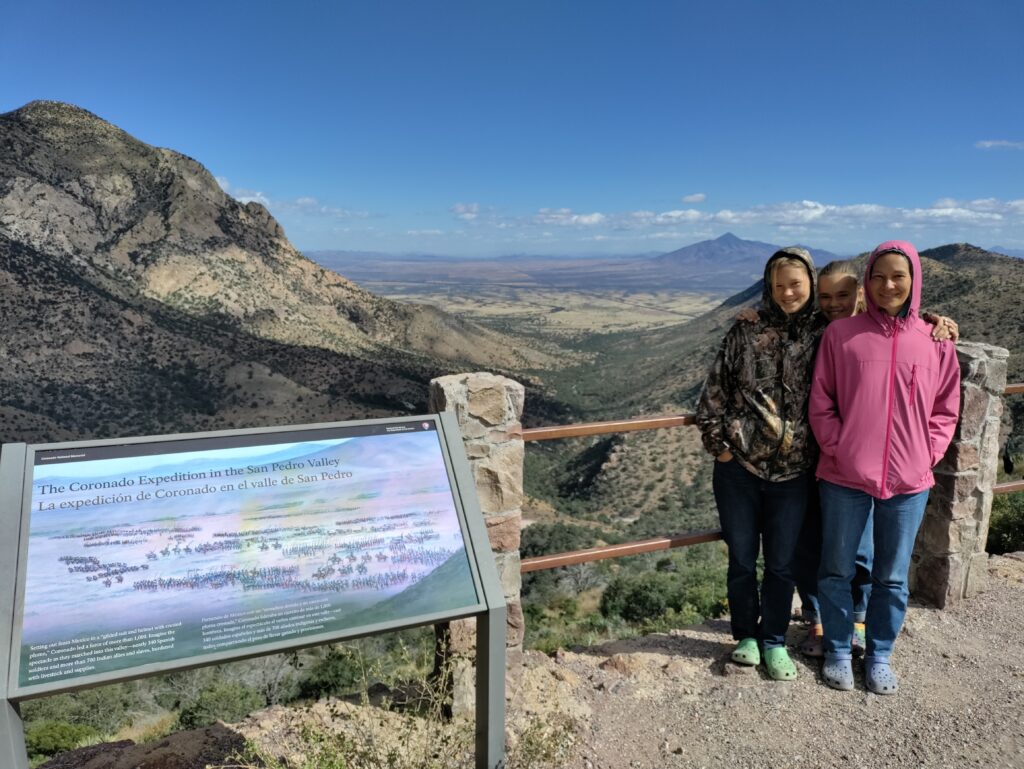This is our fourth summer on the high desert of southeast Arizona. It’s not uncommon for it to be a good 10° cooler here than it is in the Tucson-Phoenix low desert valley, but we’ve seen temperatures climb over 100° every year – as it probably will over the coming month. Experiencing the heat without A/C was much harder at first, but thankfully we are acclimating (best done gradually through the changing of the seasons). It can be quite the shock to the body if you’re not used to it.
It’s dry heat here, which doesn’t feel as hot as it does in humid places. High humidity in the air helps retain body heat. But with the dryness you don’t necessarily notice how much you may be sweating because it mostly dries as fast as it comes rather than building up on your skin. As a result, you don’t necessarily notice how much water you may be losing.
Staying hydrated is super important and requires considerably more water consumption than other climates because of both the heat and dryness (look up the warning signs and difference between dehydration and the levels of heat sickness – serious and life-threatening conditions). In extreme heat you’ll need to drink at least a gallon of water per day, and if you’re active, more is necessary. If your body is accustomed to a different climate, you likely won’t notice when you need to drink. If you wait until normal feelings of thirst, it’s too late – you’ll already be in the beginning stages of dehydration.
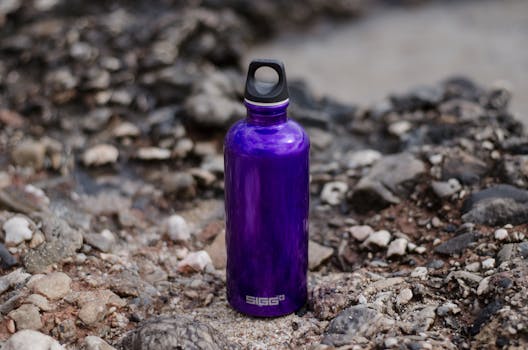
When you’re drinking and sweating a lot, you’ll need some extra electrolytes. You can get drinks with electrolytes already in them or get packets or containers with a mix that can be added to water (don’t make and then store it in metal water bottles as the sodium content will corrode the metal – ask me how I know this) or can be hidden in food as a salt replacement. It makes an amazing difference in preventing bloating, balancing your minerals, and satisfying your thirst.
Wearing lightweight, light-colored, loose-fitting and breathable clothes and a sun hat not only keeps you cooler, they keep the sun from burning your skin so you don’t have to wear sunscreen with questionable chemical ingredients. Wearing layers can be helpful as it is typically colder at night – we’re talking about 60° temperature swings between night and day. Cooling your body at night on the desert actually helps it reset from heat fatigue.
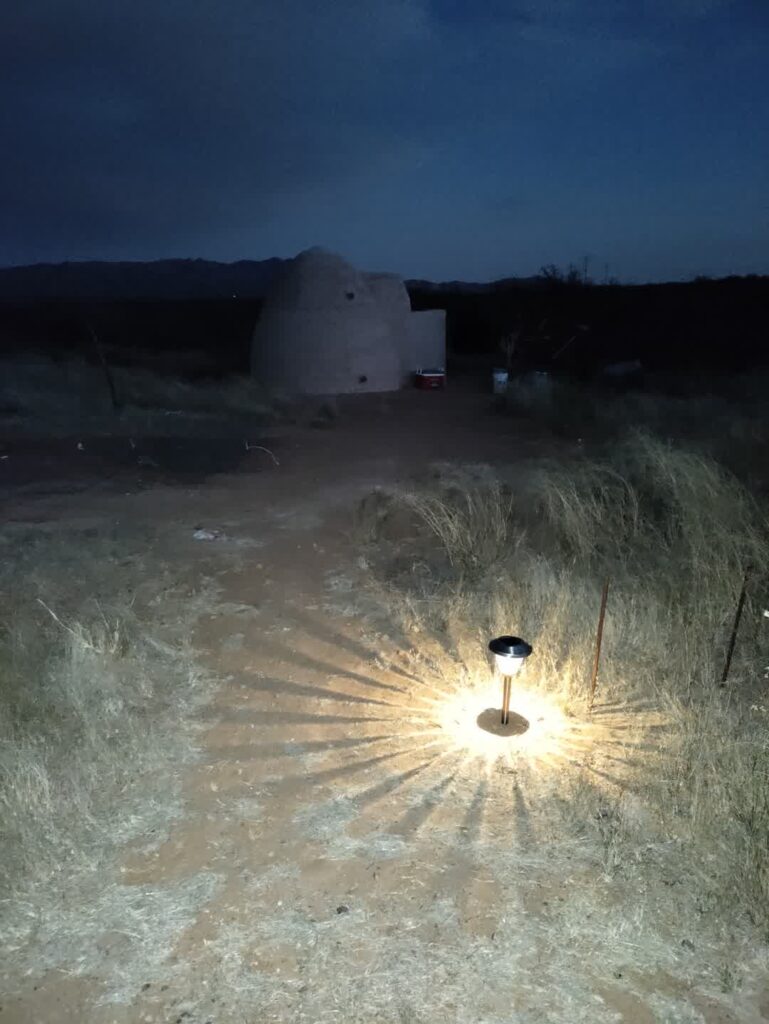
Evaporative cooling makes a tremendous difference and can be accomplished with a spray bottle for misting yourself. For extra effect you can also wet an article of clothing or hair (if overused, this tends to create skin irritation). If you’ve overheated and need to cool down fast, nothing beats a cool shower! But you don’t want to overheat and injure yourself. If that happens, it tends to make you more vulnerable in the future. You may eventually be able to overcome that, but it’s best not to go there to begin with.
When it gets hot, avoid activities that raise your body temperature (eg. aerobic-type movement). Plan necessary activities for early and/or late in the day when it’s cooler. Find or create shade to take breaks, eat meals, and take afternoon siestas! A siesta is technically an early afternoon nap or rest, but that’s what we call our heat-of-the-afternoon extended break.
One more tip that we’ve found to help speed up the acclimation process: Plants growing in heat produce phytochemicals to deal with heat stress and we enjoy the same benefit when we consume them. We have an abundance of mesquite trees and use them to make mesquite sun tea (often adding mint and/or other herbs we grow here), let it cool overnight, and then enjoy it the next day!
Outdoor living has its challenges and its rewards. But a climate-controlled, stick-built environment tends to have mold growing in the walls where condensation occurs from the inside/outside temperature differences. In addition to hurting your health in a variety of ways, staying in that kind of environment all the time also reduces the body’s ability to acclimate to outdoor temperatures.

